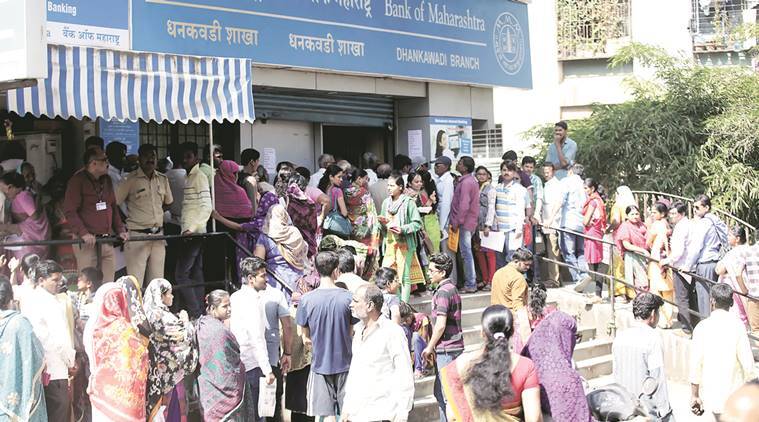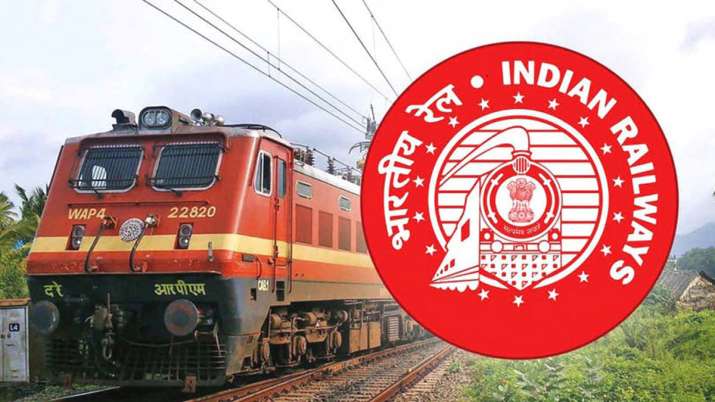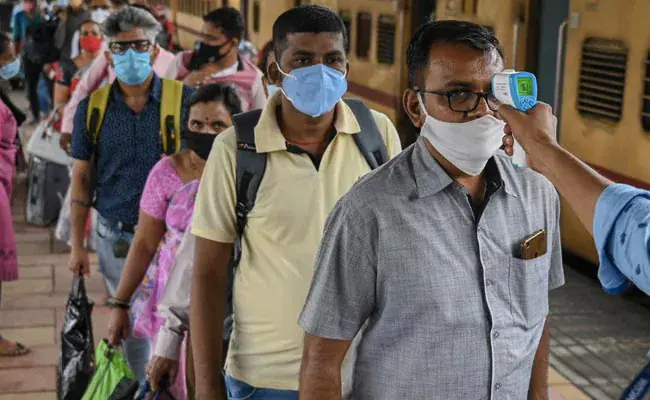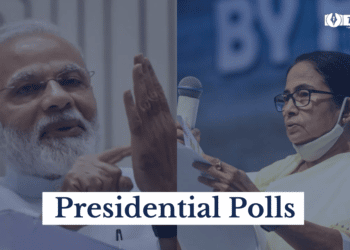In 2014, Narendra Modi sold us a dream called “Achhe din”—the good times, not the one Vijay Mallya claimed. He forgot about “Achhe din” as soon as he won in 2014. He offered us a new fantasy in 2017: “New India 2022,” which made us forget about the 2019 “Achhe din” deadline.
Narendra Modi made a notable promise during his first campaign for national office in 2014. If he is elected Prime Minister, he will go on a mission to return untaxed cash stored overseas by corrupt businesses. Modi predicted that the retrieved prize would be worth up to $25,000 for each Indian, a massive sum.
A local broadcaster questioned Amit Shah, Modi’s election strategist and closest political supporter, about what had occurred a year after he won, with no trace of the windfall. “This is a jumla,” Shah, who is now India’s Minister of Home Affairs and the First Minister of Co-operation of India, explained. The esoteric phrase literally means sentence or clause in Hindi, Urdu, and Gujarati, the official languages of Gujarat, Modi, and Shah’s home state. However, as Modi’s fame has risen, a distinct connotation has emerged: a false promise or a great exaggeration.

Now that he was elected in 2019, he is having us think of “Five Trillion 2024” rather than “New India 2022”.
By 2022, he’ll most likely offer us a new tagline that pushes the date back to 2026 or such.
The jumla trend can help us understand not only how India’s current populist campaigns, but also how they govern—and why they continue to win despite a string of major policy failures. It doesn’t seem to matter if his allegations are true or false. The seeming intent conveyed to a youthful, desperate populace via cleverly written jumlas is what wins the day, and continues to win elections for the party.
The strategy has already managed to get us all debating whether India can become a $5 trillion economy by 2024, diverting our attention away from more pressing problems like when will the economic recession end?
Demonetization and the nation
The worst-case scenario came in late 2016 when Modi announced demonetization, which abolished high-denomination currency notes and made the vast bulk of money in circulation illegal with immediate effect. India’s economy is based primarily on cash transactions, and shocked Indians scrambled to obtain the newly created currency, causing financial pandemonium. The administration stated that tax evaders and counterfeiters would be targeted. The idea was that those with untaxed wealth, dubbed “black money” in India, wouldn’t want to be identified when they went to exchange their old cash for new notes.

Demonetization, according to Modi, will “remove the hold of corruption and black money,” while ordinary residents will only face “temporary problems.” That turned out not to be the case. According to official data, the strategy failed to achieve its purpose of exposing criminals, as nearly all the old cash was returned. According to local accounts, India’s central bankers advised Modi that the measure would not work. The poorest people in India bore the brunt of the consequences. As businesses failed or were forced to reduce their operations, people lost their jobs. Demonetization appeared to Modi’s opponents to be a textbook jumla: a bold promise that became economically devastating for many Indians.
Promises for farmers
By 2022, farmers’ earnings will have doubled. What base has been doubled, and what year has been ingeniously omitted. In addition, incomes will rise in line with inflation. And not to forget, profit is not the same as income. Irrigate all farms (Har Khet Ko Pani) with increased on-farm water efficiency (more crop per drop).
To reduce air pollution, no crop residue will be burned. By 2022, every Indian will have access to power 24 hours a day, seven days a week.

These promises made to the farmers ended up empty. Instead, they went through a 15-month struggle to repeal the farm laws. The farmers were victorious, and the Prime Minister made a public announcement announcing the intention to repeal the legislation. Farmers and farmers’ organizations, primarily from Punjab, Haryana, and West Uttar Pradesh, had been protesting for a long time. For the government, it had concluded that it needed to enforce the agricultural privatization laws that were part of its agricultural growth strategy. However, after the opposition complained in Parliament, the law was passed with little discussion. The government says that it held official negotiations with some farmers and shareholders at various levels.
Promises for Economy
By 2022, India’s GDP will rise at a rate of 9-10%.
The investment rate is expected to rise from 29% in 2017-18 to 36% in 2022-23.

By 2022, every Indian will have a bank account, as well as life, accident, and pension insurance, as well as ‘retirement planning services.’ From a base of 7.7% between 2012-13 and 2017-18, the manufacturing sector’s growth rate will quadruple by 2022. “Create ten innovation areas where entrepreneurs and designers may live, work, and play” and “use digital platforms to link craftspeople to markets.” There will be 2.3 million new jobs in the healthcare sector, 40 million new jobs in tourism, and 5 million new jobs in mining and minerals.
Promises for Basic amenities and rights
LPG cylinders will be supplied to every home.
By 2022, Indian Railways’ safety standards would be such that no one would ever die in a railway accident (“zero fatalities”).

By 2022, every Indian will own a home, and every Indian will have access to a toilet.
By 2022, every Indian will have access to power 24 hours a day, seven days a week.
By 2022, every gram panchayat (but not every home) will have access to broadband internet. This was intended to be completed by the end of 2018.
By 2022, the government plans to achieve “100% digital literacy.” To put it another way, every Indian will be able to utilize the internet.
Manual Scavenging will be prohibited.
Imparting skills as philanthropy will be emphasized, and “skilling as an obligatory activity beginning in class 6th – skill schools for senior secondary and higher secondary” will be established.
The proportion of formally skilled labour in India’s workforce will be boosted from 5.4 per cent to “at least 15 per cent.”
In India, no student will drop out before the end of the school year, and every child will get an education.
Promises for Healthcare and Environment
By 2022, PM 2.5 levels will fall below 50.
By 2022, every Indian will have access to clean water. This date has already been pushed back to 2024, despite the fact that it was never guaranteed to be completed by 2022.
By 2022, India will be malnutrition-free.
Through public-private collaboration, 700 district headquarters hospitals will be converted into “medical centres” (whatever that implies).
From its current level of 21%, India’s forest cover will expand to 33%. This should be simple because, simply by modifying the definition of forest cover, India has already shown an increase in forest cover despite increasing urbanization.
By 2022-23, a doctor-to-population ratio of at least 1:1400 (WHO norm 1:1000) and a nurse-to-population ratio of at least 1:500 (WHO norm 1:400). There is currently only one allopathic doctor per 11,082 Indians.
By 2022, all single-use plastic will be prohibited.
The repercussions of the coronavirus pandemic are still being felt in India. While its caseload hasn’t swollen to the proportions predicted by some experts, recent increases in specific areas have sparked fears of the new wave. The unpredictability of last year’s lockdown wreaked havoc on the economy. However, it appears to have worked politically for Modi, who was portrayed as a doer once again, taking decisive action in the face of an unprecedented threat. The prime minister’s approval ratings have barely declined slightly in the last year, demonstrating his jumla mastery.

Why do these grandiose promises continue to work for Modi as he enters his ninth year in power? The prime minister has used jumlas to present himself as a champion of the “honest Indian” who has been left behind as the economy has opened up, and the country has produced its own army of billionaires. Demonetization may not have achieved its policy goals, but it did demonstrate to young, underprivileged Indians that the prime minister was serious about pursuing corrupt elites. Hundreds of millions more have been shut out of a system in which fundamental resources, such as health care and education, are in limited supply.
Also Checkout: China Renames Some Places in Arunachal Pradesh To Increase Efforts For Gaining New Territory












